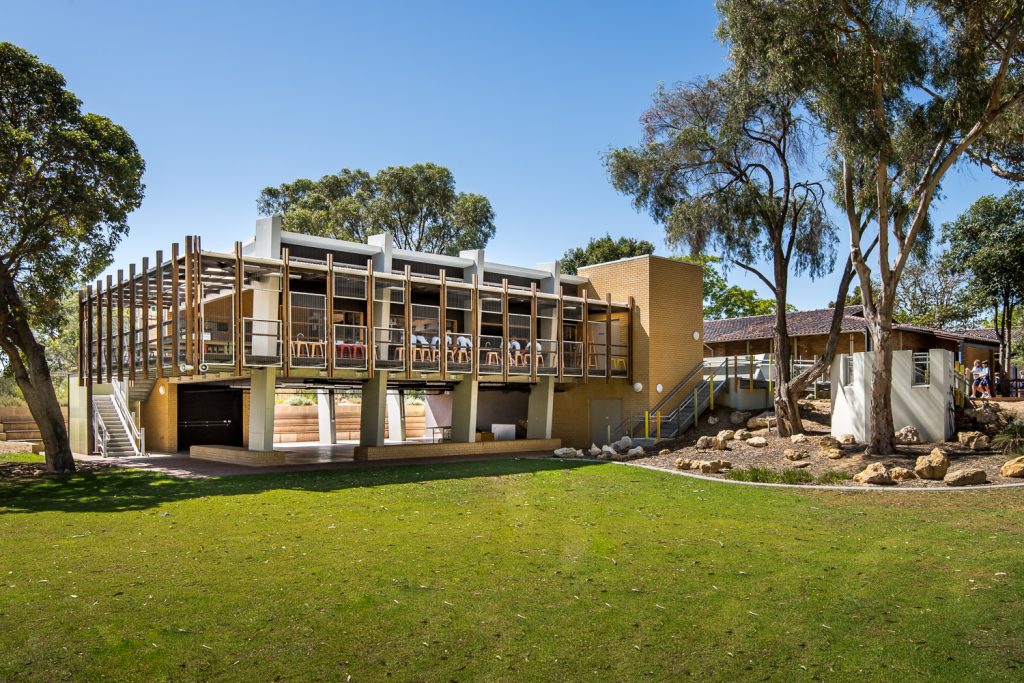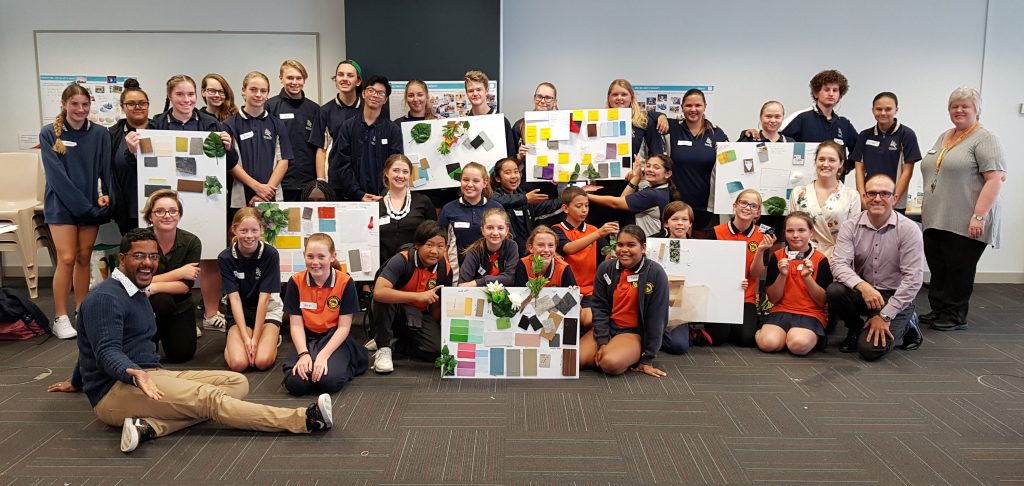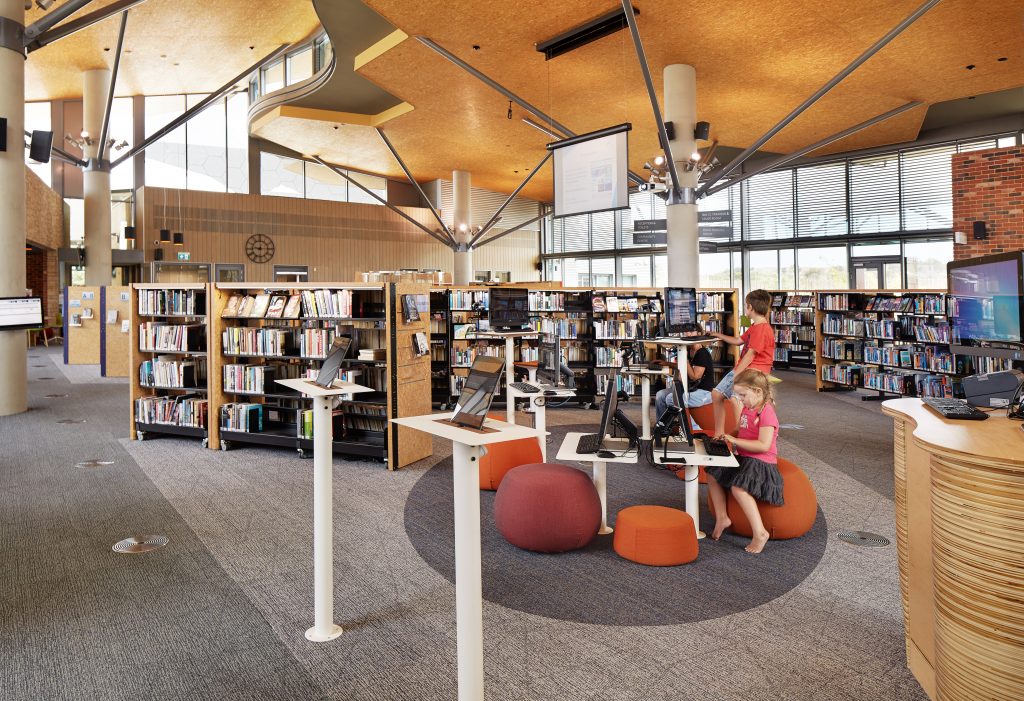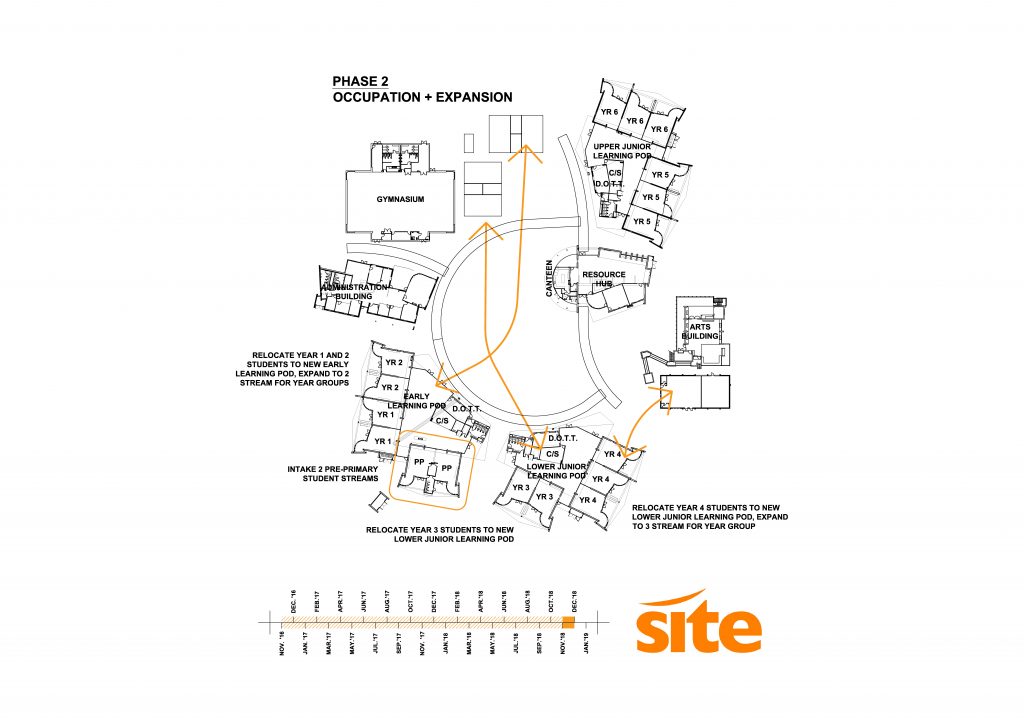As we roll into 2019 we have reflected on our 10 years in practice as Site Architecture Studio, what we have achieved and the lessons we have learned along the way. We have completed a variety of community, education, commercial and residential projects with a diverse range of public organisations and private clients, yet the stand out successful projects for us, are for clients who understood the benefits of early engagement of Site Architecture Studio in the project process.
Often, there is a perception that we only need architects when we know what we want to do and how we want to do it. Architects just do the design and drawings of what we tell them to do, right? Many Requests for Tender documents which come across our table are vague and reflect a naivety in the building process, architectural services, and consultant selection and engagement. Sometimes information requested is so onerous that it would be challenging for any selection panel to be able to compare tender responses objectively.
The popular misconception that architects just design and draw can lead to issues such as program and budget blowouts, reduced or misaligned scope of works to expectations. This can leave clients (and the end users) feeling somewhat deflated by the process and underwhelmed with the outcome.
Now not all architects think the same, nor do they approach projects the same way, i.e. some architects just do design and drawings, with a “tell me what you want and I’ll draw it up” approach. Designers and drafting professionals are more suited to this approach, however, getting the best out of your project starts by thinking about engaging the right architect, early.
By engaging the right architect early you get the benefit of their creative thinking not just creative design outcomes. Our creative thinking is applied to the whole project process not just the design of a building or spaces. A process which involves asking and responding to the much broader ‘why’ and ‘how’ questions in a problem.
Through our varied experience with managing a diverse range of client project problems over the last decade we thought we would share some the benefits of working with Site Architecture Studio from the very beginning of thinking about your project.
1. Project Vision
Successful projects begin with the process of establishing a project ‘vision’ – high-level objective or key values underpinning the desired outcome of a project. A collaborative process of meetings, presentations, and workshops with all involved or affected by the project makes their voices and opinions heard. This is what we call creating a shared vision and it creates ‘buy-in’ from all involved. A project vision is not to be confused with the brief or scope, which is a response to the vision.
We ask lots of questions before we even start thinking about any building and everyone affected by the project are challenged to understand the ‘why’. Why are we considering this project? What are the key outcomes or expectations? What are the principles and values we wish to use to guide us to achieve these outcomes? These very questions seem irrelevant in the typical building process but by understanding the vision SITE can design spaces which meet basic functional needs as well as creating architecture which enriches our everyday life.
Sometimes, the ‘why’ is not really questioned enough at the beginning of the project process and the priorities around the required outcomes are not fully understood. The subsequent design processes can be affected by a collection of misunderstandings and preconceived solutions to ill-defined perceived problems. Building extra workspace may not be the best solution to solve what could be staffing management or storage problem created by an outdated management process.

Perhaps to solve a space problem the vision may be to “encourage a more open, transparent and collaborative work culture.” The conversation then shifts from reactive problem solving by simply adding costly square metres to a process which seeks a design response informed by a discussion about internal staff management and office culture. Authentic engagement with the stakeholders and users in determining the vision is critical to project success.
2. Stakeholder and End User Engagement
Gathering and interpreting key stakeholders, user groups and special interest group’s requirements and expectations is a skill. Some local governments do it themselves and others include this in the scope of the architect which is what we really love. We are unbiased, independent from the Council/Client body and bring the wealth of experience from many other similar projects and processes for other local governments and client groups. Our degree of separation gives user group/community groups the space and confidence needed for an inclusive forum where they can truly voice their opinions and not feel steered or pressured by their Council/project leaders.
SITE have successfully facilitated many stakeholder engagement workshops and for projects requiring more complex engagement and reporting outcomes, we have also worked collaboratively with engagement consultant specialists.

The power of Stakeholder ‘Buy-In’ and community engagement on a project cannot be underestimated and must start from the beginning of ‘thinking’ about a project. Site Architecture Studio actively champions a process which ensures everyone involved or affected by a project is listened to and feel actively engaged.
3. Brief establishment / Project Definition
A process of defining the project scope or brief is a collaborative one and emerges out of the Shared Vision and the Stakeholder / End User Engagement processes. To capture the needs of all stakeholders and user groups can be a time consuming and challenging exercise but what is desired and what is possible must be clearly defined and aligned. Needs, budget, program and site feasibility are to be cleverly woven together to define the Project Brief, setting it up for success from the very beginning.
It is amazing how many projects stall at this point. Why? We often find we are engaged when the Project Brief has been pre-established based on perceived problems through misaligned stakeholder engagement (if any at all) and outdated or incomplete budget assessments (again, if any.)

Through the project vision and stakeholder/user group engagement process, we can create a Brief document which details the general project parameters collected by the engagement and feasibility study processes. Areas of needs are scheduled together with desired additional requirements which are suitably prioritised. Detailed site feasibility investigations including reporting on existing conditions or buildings, services, and potential risks are identified together with potential costs.
Successful projects have an up-to-date Project definition and Brief which is well informed by a clear vision, rigorous stakeholder engagement and detailed site feasibility.
4. Budget control
Every project has budget constraints. The solution is aligning the budget with outcomes and determining project priorities. It is important that all stakeholders and user groups involved in the project understand the budget and the limitations from the very beginning so that the project definition and brief can be informed.
There are a number of ways to establish and manage the project budget through the process. Engaging a Quantity Surveyor from the beginning of the project to provide high-level cost advice on total project cost, not just building costs can be extremely valuable. This independent cost advice can be conservative and includes suitable contingencies to establish a true project cost estimate. SITE have worked closely with Quantity Surveyors in the early project definition and briefing stages of projects to test and compare high-level feasibility options. In some projects, building a completely new facility over extensive renovations proves to be more cost-effective but may have time or disruption disadvantages.

SITE’s design responses also include design and material options which can be selectively scaled up or down to suit project priorities and align with the project budget during the design phases. This has proven valuable at tender when projects have come in under budget, we have been able to enhance the project by including previous scope items or include work part of subsequent stages, in the initial stage. Our process results in many projects being completed within budget expectations.
5. Program
There can be many factors which can influence a program such as stakeholder engagement and reviews times, signing off on a brief or scope of work, budget alignment with the scope and inclusions/exclusions, approval processes, etc. Architects have generally experienced many of these factors and are able to determine and plan for project risks in programs.
Site Architecture Studio clarify any key dates or milestones to be achieved at the very beginning and design a program backwards from these dates. Common dates are often around funding/grant deadlines, political targets, or disruption minimisation i.e. sports season alignments or availability of temporary premises. We are then able to overlay core activities for each person involved in order to achieve the dates and identify risks and any mitigation actions that can be taken. Furthermore, planning in program contingencies is vital in areas such as obtaining approvals for DA’s, client and stakeholder review/sign-offs.
So, having a ‘Plan B’ and even a ‘Plan C or D’ and identifying what work can proceed and how it can proceed with minimal risk requires some creative thinking from architects early in the process.

We apply our creative design thinking to how program objectives can be achieved by understanding and forecasting risks. With the Hale Junior School redevelopment, by being involved from the beginning, we were able to work back from the desired completion date.
Ultimately, it is having a clear project vision and the close tailoring and management of the brief, stakeholders, budget and program as early as possible which create project success. Without SITE Architecture Studio, your project might not be getting the benefit of our creative design thinking in these key areas from the beginning for it to be truly successful.